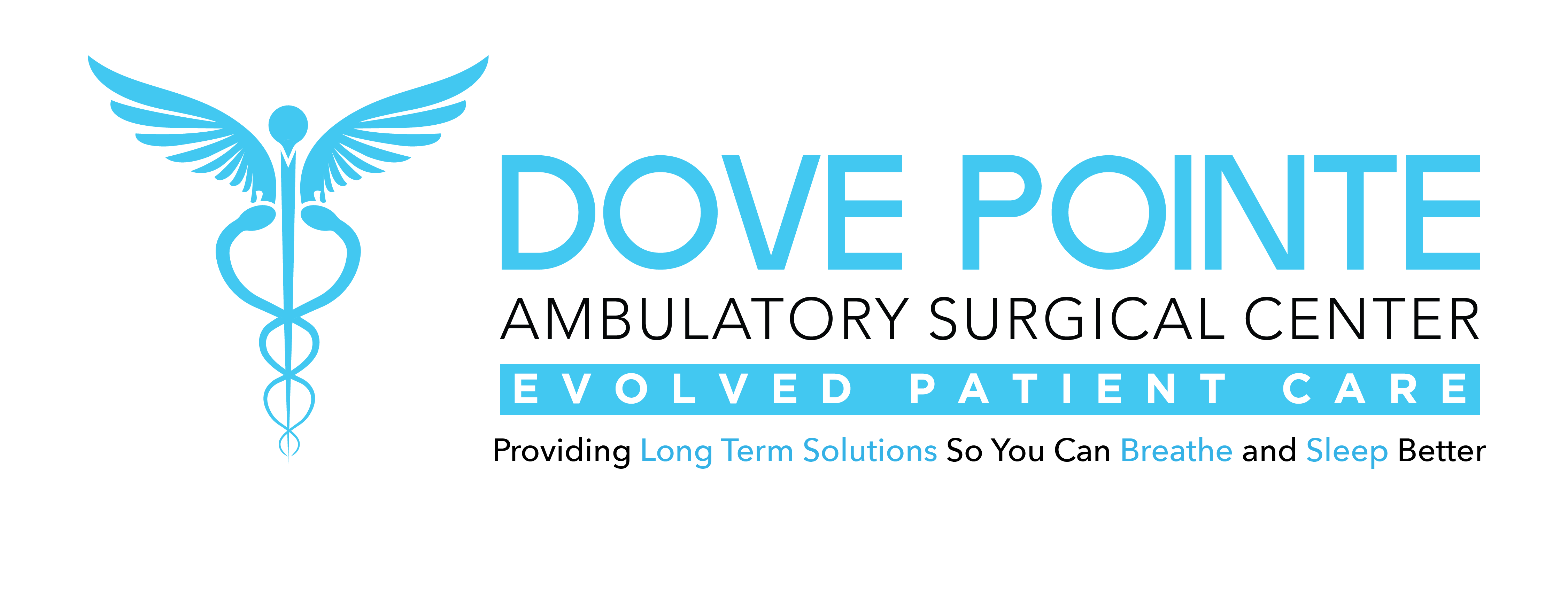Nasal breathing transfers roughly 70% of airflow to your lungs. Nasal airway obstruction is essentially blockage of the nose or nasal cavity, and more than 20 million Americans are estimated to suffer from nasal airway obstruction, which limits airflow through the nose with serious consequences in regards to the quality of life.
Either one or both nostrils may be impacted. While most nasal obstructions are temporary--caused by colds, allergies, sinus infections, or medications--others require medical intervention.
After years of working with our trusted McAllen ENT, Dr. Frank R. Glatz, McAllen certified physician assistant Jonathan Lerma and his team of sinus relief specialists at the Glatz Group of Valley ENT have just the remedy you’re looking for if you are suffering from nasal airway obstruction.
What Causes Nasal Airway Obstruction?
Narrowing of the nasal valve can be induced by an enlargement of any of the three main structures. The septum, lateral wall, and turbinates create a triangular area called the Nasal Valve. If any of these tissues expand in size, nasal airway size is minimized, resulting in decreased airflow.
- The septum is the narrow ridge of bone and tissue between the nostrils.
- The turbinates are fingers of tissue that deliver warm air as it accesses the nasal cavity.
- The lateral wall is the side tissue which develops the nose’s outer wall.
Are There Different Types of Nasal Obstruction?
- Deviated Nasal Septum - This is the wall-like structure that divides the left and right nostrils. A deviated septum means one that’s crooked. This is not uncommon, as it is estimated that 80% of people have septal deviations to a certain degree. Symptoms include difficulty breathing through the nose (especially one nostril) and a runny nose.
- Inferior Turbinate Hypertrophy - The nasal cavity is made up of bony structures known as turbinates. These are susceptible to irritation from allergies and dust, which leads to swelling and breathing problems.
- Choanal Atresia - This is a congenital defect where excess tissue in the nasal airway creates a partial or full blockage, causing difficulty breathing.
Nasal polyps, foreign objects in the nose, oversized adenoids, and swelling of the nasal lining due to allergies can all cause a nasal obstruction as well. If any of these matches the symptoms you suffer from, an appointment with the Glatz Group can determine what your best options are for relief.
How Nasal Obstruction Disrupts Your Quality of Life
This decreased volume of air can lead to the following:
- Chronic nasal congestion or stuffiness
- Persistent nasal blockage or obstruction
- Trouble breathing through nose
- Difficulty sleeping, snoring, and fatigue
- Inability to get sufficient air during activities
Treating Nasal Obstructions
Treating nasal obstructions is a straightforward process where we carefully examine your nose through a lighted scope, a CT scan, or an MRI to determine what in particular is causing your nasal obstruction. The first step in treating nasal obstructions is getting those symptoms under control. Medications or nasal steroid sprays are generally helpful in reducing inflammation of the nose and turbinates and providing quick, temporary relief.
Ongoing Remedies From Home
Nightly breathing strips and nasal dilators never fully fix the problem but are options for ongoing at-home remedies you can try. It is worth noting that home remedies are not a permanent solution.
Balloon Sinuplasty - A Promising Solution
Balloon Sinuplasty is a minimally invasive sinus procedure available to eligible patients performed in our office.
This treatment has achieved outstanding outcomes for many patients, while requiring little or no anesthesia and minimal recovery time. This treatment is performed in place of more invasive and aggressive surgeries that involve general anesthesia with tedious recovery processes.
This technology utilizes a tiny, flexible, balloon catheter that is positioned into the nose to access the sinuses. The sinus balloon catheter gradually inflates to gently restructure the previously blocked sinus drainage opening, maintaining the integrity of the sinus lining and restoring typical sinus drainage and function.
There’s no cutting or tissue removal, with minimal risk of scarring within the nose. Most patients generally recover within 48 hours.
As the COVID-19 pandemic continues, we will carry on taking all precautionary measures possible to keep our staff and patients safe. While we do in-house procedures with safety at the forefront, we are also able to address your nasal airway obstruction symptoms online via our telemedicine services or over the phone.
Treat Your Nasal Obstruction and Improve Your Quality of Life When You Stop By the Glatz Group of Valley ENT!



